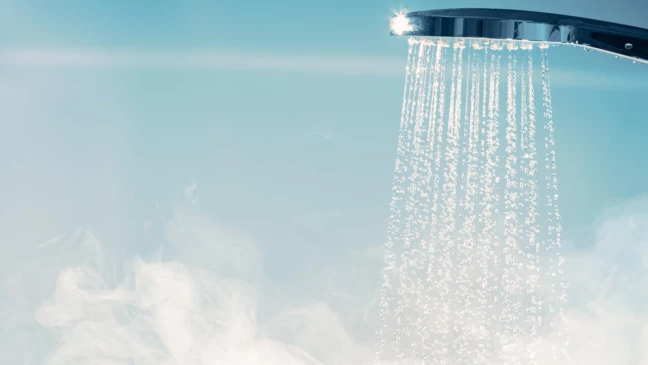
31.08.23
Cleanroom wipes: properties and tips for selection
Cleanroom wipes are used as aids in cleanrooms to ensure optimum cleaning. There are various properties and criteria that must be taken into account when making a selection.
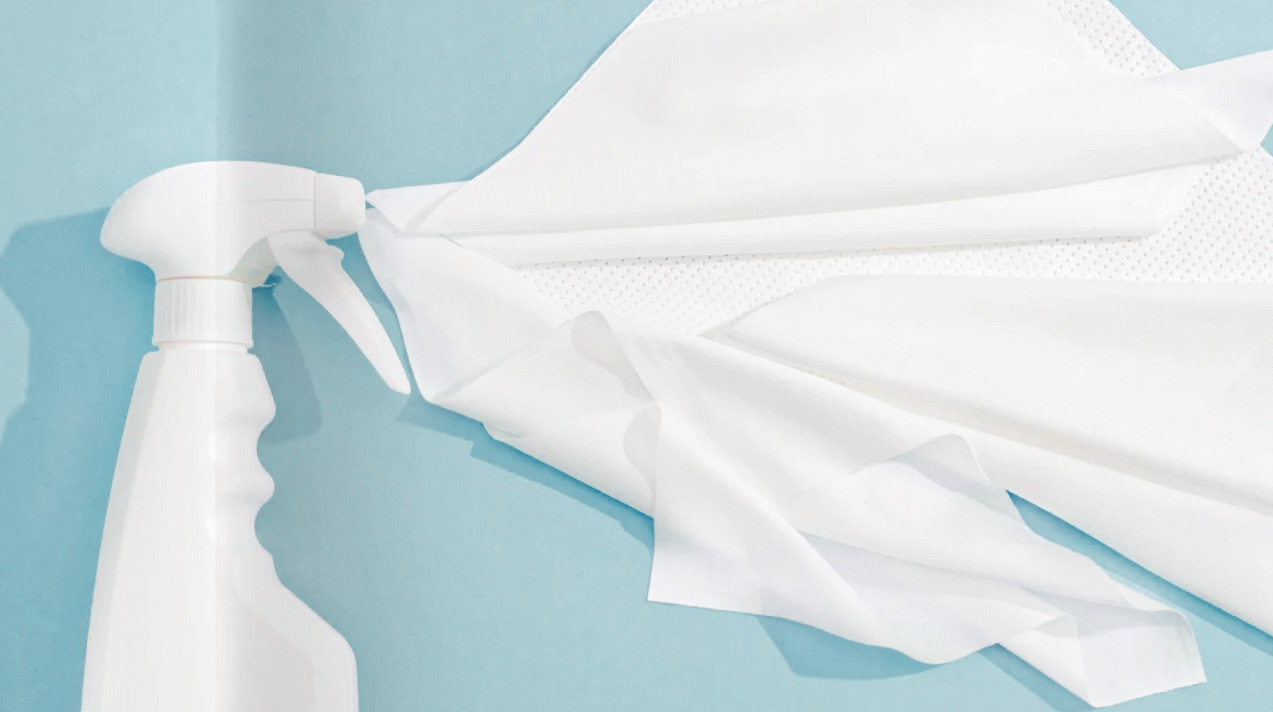
Depending on the area of application and the requirements of the cleanroom, different cleanroom wipes are used. Since cleanrooms must be as particle-poor as possible, the cleanroom wipes must meet high standards so that they themselves do not cause contamination.
Cleanroom wipes can be differentiated according to the following criteria, among others:
- Dry or pre-soaked/moistened
- Sterile or non-sterile
- Disposable or reusable wipes
- Cleanroom class suitability (GMP A/B, C, D; ISO 3-9)
- Antistatic or non-antistatic
- Absorbency
- Size
- Basis weight
- Surface
- Sealing
Soaked or dry wipes
The choice between pre-soaked and dry cleanroom wipes depends on the application. Pre-soaked wipes offer the advantage that disinfectants do not have to be sprayed separately, thus avoiding spray mists and associated room contamination. However, both pre-impregnated and dry cleanroom wipes should be chemical resistant, for example by not using chemical binders during manufacture. Woven and knitted fabrics generally release fewer particles than nonwovens.
Absorbency
Absorbency is important to effectively absorb and distribute liquids. In addition to absorbency, uniform release of liquids is often desired when the cleanroom wipe has been impregnated, such as disinfectants or detergents. While cotton is absorbent and may be heat resistant, it releases more particles than other materials. Microfiber cleanroom wipes made of polyester or a blend of polyester and nylon offer low particle shedding and high absorbency. Other materials are also used, such as the combination of polyester and cellulose. This is particularly suitable for wet cleaning due to its high absorbency. However, polyester cellulose releases more particles than pure polyester.
Double-layer cleanroom wipes also generally have greater absorbency.
Size, basis weight and surface
Different dimensions, such as 10 cm x 10 cm, 23 cm x 23 cm or 31 cm x 31 cm, ensure that the required size is available for every application. The basis weight (g/m²) gives an idea of the thickness of the cleanroom wipe. Furthermore, there are cleanroom wipes which are smooth and those with a structure.
Softness
The softness of cleanroom wipes is important in certain applications to avoid damaging surfaces. A selection of abrasion-resistant wipes is available that are also suitable for rough surfaces.
Sealing
Cold-cut cleanroom wipes have an open cut edge, which allows particles to escape from the wipe. To minimize this, there are laser-cut, heat-cut or ultrasonically sealed cleanroom wipes, the latter of which can achieve the greatest reduction in particle release.
Sterile cleanroom wipes
Depending on how many particles are permitted in a cleanroom, there are different cleanroom classes. Class GMP A/B cleanrooms have the greatest cleanliness. This class is required, for example, in the production of pharmaceuticals, where sterile wipes are used.
With “hands-free” wipes, no humans are directly involved in the production process, so the risk of contamination is further reduced. Often the cleanroom wipes are also pre-washed in cleanrooms.
Antistatic cleaning wipes
Antistatic cleaning cloths are especially important in areas with sensitive electronics to minimize electrostatic discharges.
CELOS Wiper cloths at abovo – which cloth fits?
There are currently over ten different versions of the “CELOS Wiper” wipes. In addition to the criteria described above, the following overview can help you find the right wipe:
When selecting cleanroom wipes, it is advisable to seek expert advice. The abovo AG online store offers a wide range of products on this topic. We will be happy to answer any further questions you may have and to assist you with your selection.
Literature
https://www.abovo.ch/wissenswertes/reinraumtuecher-celos-wiper-jetzt-bei-abovo-welche-sind-wofuer/
https://www.abovo.ch/produkt-kategorie/reinraumprodukte/reinraumtuecher/
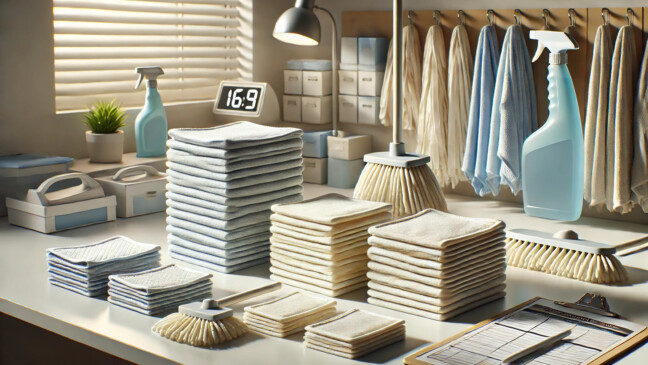
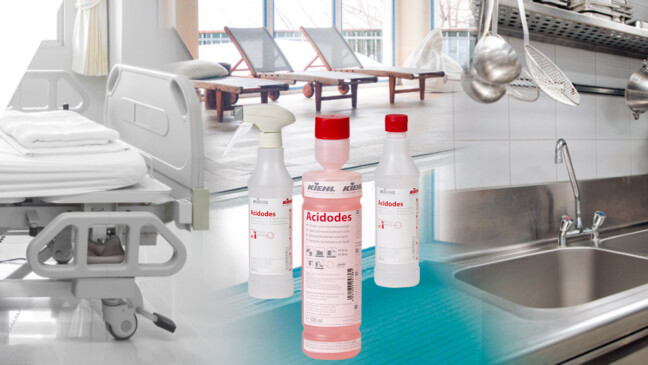
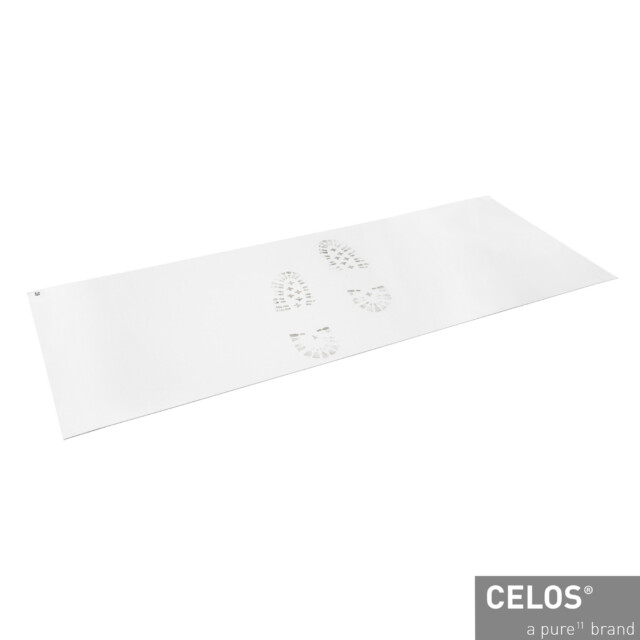
Tell us what you think
Be the first to comment this post.
You must be logged in to leave a comment.